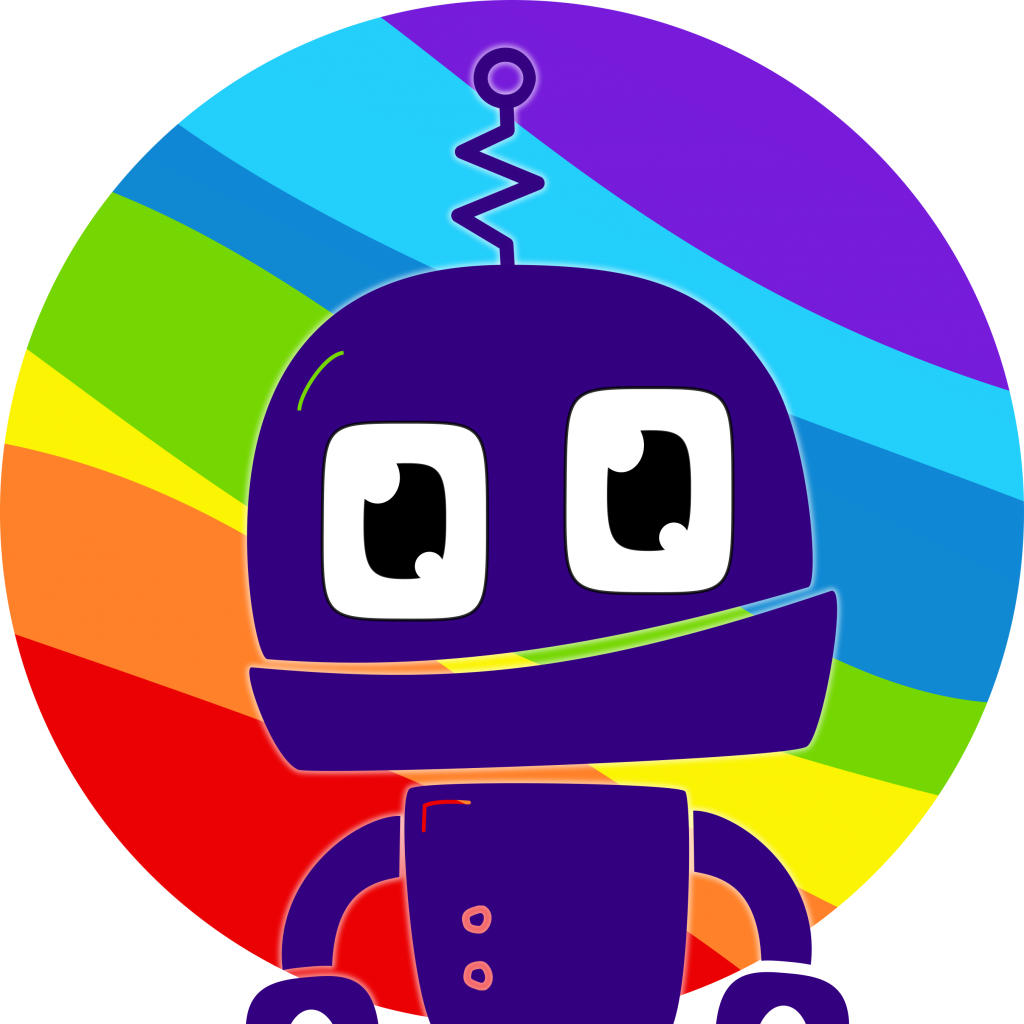by JoAnna O’Neill
This is the first part of a two part series celebrating LGBTQIA+ folks in the STEAM fields. This part discusses the importance of diversity and history of exclusion. Part two will honor the people in the fields.
In honor of Pride Month*, the Los Alamos STEAM Lab would like to recognize a few of the countless LGBTQ+ scientists and innovators that have aided in the advancement of numerous STEM fields.
* Yes, we know that was soooo last month. Luckily, we celebrate diversity every day!
The term “LGBTQ+” encompasses a wide range of identities including lesbian, gay, bisexual, transgender, and queer/questioning and the plus symbol acknowledges groups in the community that aren’t included in the short initialism, including intersex, pansexual, asexual, non-binary, and two-spirit individuals alongside other identities. Queer is an umbrella term that is commonly used to describe sexual orientation or gender identities that fall outside the heterosexual mainstream or the idea of a gender binary.
The word queer can also be used to describe the LGBTQ+ community as a whole, but it is important to note that although widely reclaimed, “queer” has historically been used as a slur and may still be offensive to some people and therefore should be used with caution. For an in-depth guide to the terminology surrounding gender identity and sexual orientation as well as LGBTQ+ history, resources, and more, please refer to the GLAAD Media Reference Guide: https://www.glaad.org/sites/default/files/GLAAD-Media-Reference-Guide-Tenth-Edition.pdf
When discussing historical LGBTQ+ figures, it can be difficult to describe them using modern terminology found within the community today. LGBTQ+ individuals in past decades or centuries likely lacked the proper labels to describe themselves and/or may not have openly used them for fear of ostracization, imprisonment, or violence in the society they lived in. As homophobia and gender discrimination continue to run rampant in our society, the fear of retaliation is, unfortunately, something that many LGBTQ+ individuals face today. This heartbreaking reality has resulted in countless individuals (both historically and present) keeping their identities private.
All of the living scientists and innovators listed in the second part of this article have come out publicly as queer. Many of the historical mentions were confirmed as LGBTQ+ during their lifetime or after their passing while others have strong historical evidence supporting the speculation that they did not align a gender binary or the heterosexual mainstream and were therefore likely LGBTQ+.
Visibility and acceptance of LGBTQ+ people in STEM fields is something that is historically lacking. Within academic and professional environments, LGBTQ+ experience horrifically high rates of exclusion, harassment, assault, and discrimination as represented in the following statistics:
- As of 2020, it is still legal for employers to discriminate against someone for their sexual or gender identity in 30 states. https://hrc-prod-requests.s3-us-west-2.amazonaws.com/HRC-SEI20-report-Update-022321-FInal.pdf?mtime=20210322114741&focal=none
- A 2013 survey of STEM workers found that more than 40% of LGBTQ+ identified respondents working in STEM fields are not out to their colleagues. https://static1.squarespace.com/static/56b14b283c44d80f317c5948/t/56e1bf7f37013b87984bbbeb/1457635202124/Queer+in+STEM.pdf
- A 2018 study found that undergraduate sexual minority students were 7% less likely to be retained in STEM compared to switching into a non-STEM program, and 14% less likely to stay in a STEM major if they have had a research experience (typically associated with retention in STEM the pipeline). https://advances.sciencemag.org/content/advances/4/3/eaao6373.full.pdf
- A 2014 study of STEM faculty at universities found that 69.2% of ‘out’ faculty members felt uncomfortable in their university department and that those who were out were 7.2 times more likely to experience exclusionary behavior by colleagues. https://www.researchgate.net/publication/262989539_Factors_impacting_the_academic_climate_for_LGBQ_STEM_faculty
- According to the Association of American University’s Climate Survey on Sexual Assault and Sexual Misconduct in 2015, transgender, genderqueer, and gender-non-conforming undergraduate and graduate students reported the highest levels of on-campus sexual assault and misconduct. 60% of LGBTQ students reported incidences of sexual misconduct and harassment compared to only 45% of their heterosexual classmates. https://www.aau.edu/key-issues/aau-climate-survey-sexual-assault-and-sexual-misconduct-2015
- In June 2016, Chemical Engineering and News conducted an informal poll of its readers to look more closely at the experiences of LGBT individuals in the chemistry community. Of the 270 who responded, 44% said they had felt excluded, intimidated, or harassed at work in the course of their career. https://cen.acs.org/articles/94/i41/place-bench.html
Diversity is an incredibly important factor within STEM as it allows people from different backgrounds and walks of life to make decisions about how to investigate the world around us. Increased diversity comes hand in hand with a more complete picture of the world and ultimately aids in the process of scientific discovery and understanding. Negative attitudes and other harmful biases create barriers to opportunity, produce unwelcoming environments that disadvantage LGBTQ+ people, and ultimately prevent the advancement of all fields both scientific and otherwise.
Education and representation are key to gaining a better understanding of the challenges and hardships faced by the LGBTQ+ community. It is key that LGBTQ+ individuals and their communities receive support from colleagues, classmates, and peers as they work to make STEM (alongside other fields) more diverse, accepting, and equitable. Simply being an active bystander that speaks up against the negative or discriminatory actions or behaviors of others can go a long way.

